
Religious confession accepted in 1575 by representatives of non-Catholic movements in the Kingdom of Bohemia as a common programmatic basis for their struggle for religious equality.

Term for the specific Bohemian attempt at reforming the Catholic Church in the 15th-17th centuries, based on the ideas of Jan Hus. Bohemian Reformation had its own development, significantly different from the Swiss and German reformation movements and partly preceded them.

The Czechoslovak Hussite Church (Církev československá husitská) was created by a part of the reform movement, the so-called Catholic Modernism, by separating from the Catholic Church. The intention of Catholic priests, members of the Ohnisko association, was to introduce the Czech language into liturgy and to generally emphasise the national character of the church and introduced democratic principles in the elections of church representatives. As a result of the Pope’s and the Czech Church representatives’ rejection of their demands, the schism increased. On 8 January 1920, a meeting of reform priests was called, where it was decided to separate from the Catholic Church and found the so-called Czechoslovak Hussite Church as a specifically Czech church emphasising the development of Czech Christian traditions. In the spirit of the so-called National Revival, it emphasised the roles of Saint Cyril’s and Saint Methodius’s mission of the figures of Jan Hus and Jan Amos Komenský. It was therefore initially supported by the new Czechoslovak state. Between 1918 and 1938, a large number of architecturally good churches of the Czechoslovak Hussite Church were built in the spirit of Modernism and Functionalism. The church’s membership reached its maximum numbers around 1950. At that time, however, the church was a significantly controversial society whose members included opponents as well as supporters of the communist regime. Generally, however, the church was thought to be collaborating with the communist regime in Czechoslovakia. In 1950, it opened Hus’s Czechoslovak Theological Faculty (in 1990 merged with Charles University as Hussite Theological Faculty), which was separated from the Evangelical Theological Faculty by government order. In 1971, the church added the attribute “Hussite” to its name. After 1989, rules of the Czechoslovak Hussite Church changed. The church is currently active on the territories of the Czech Republic and Slovakia. It is headed by the Patriarch and the Central Council. Parish communities are divided into six dioceses. The highest organ in each parish community is the so-called Assembly of the Parish Community. Clerical celibacy is not compulsory. The church also ordains women; it is the church with the largest representation of female clergy in the Czech Republic. Although the Czechoslovak Hussite Church is the third largest church in the Czech Republic, the average age of its members is the highest in the Czech Republic.

A term denoting the period between 1620 and 1781 marked by a lack of religious freedoms. It can also mean other periods of oppression and lack of freedom.

A movement in the Czech lands based primarily on the American mission in the 19th century. Most Evangelical churches in the Czech Republic are a part of the Czech Evangelical Alliance.

Archbishop of Prague and Primate of Bohemia in the period of Normalisation and the Velvet Revolution. His contribution to catechesis was also significant.
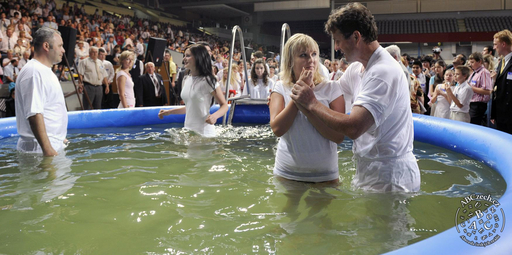
Church connected with an American mission. They have been present in the Czech Republic since the beginning of the 20th century. It enjoys full rights of a registered church and is connected with the world centre of the organisation Jehovah’s Witnesses.

A religious order that came to the Czech lands in the 16th century. It developed a very advanced pedagogic practice in education. However, due to its connections with the Habsburg royal family, it is regarded as controversial in the Czech society.

A priest who worked in the USA, a member of the Redemptorist order and later Bishop of Philadelphia. He was canonised by Pope Paul VI in 1977 in Rome.

Czech Jesuit, missionary, explorer and most of all pharmacist, healer and botanist. Camellia flowers were named after him.
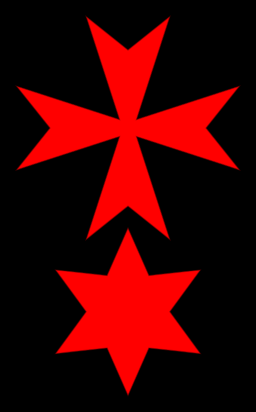
A Roman Catholic religious order, the only military church order founded in Bohemia, as well as the only men’s church order founded by a woman. Its main mission is based on spiritual activities in parishes and hospital work.

Czech philosopher, humanistic and reformist Marxist. In the 1960s, he was an internationally recognised theoretician of the philosophical dialogue between Marxists and Christians. His concept of Marxist humanism laid the foundations for an understanding between the two camps.

A society founded in the 18th century in Herrnhut, Saxony, by immigrants from the Czech lands and in direct connection with the Bohemian Unity of Brethren. It significantly influenced the Evangelical reformation.

Czech Catholic priest, theologian, expert in Biblical studies, explorer, ethnographer and writer, the most important European orientalist and Arabist of his time.
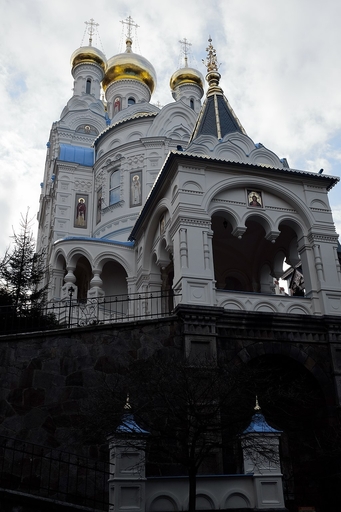
Autocephalous orthodox church of the Czech Republic and Slovakia. It currently serves mostly immigrants from Eastern European Slavonic countries.

Czechoslovak Catholic priest and politician, deputy in the Czechoslovak parliament and minister of health from 1948 until 1968, Vice-President and later President of Czechoslovak People’s Party, representative of the party’s collaboration with the dictatorship of the Communist Party of Czechoslovakia.

The Roman Catholic Church is the largest religious organisation in the Czech Republic. In 2011, approximately 10% of the population declared as Catholics.
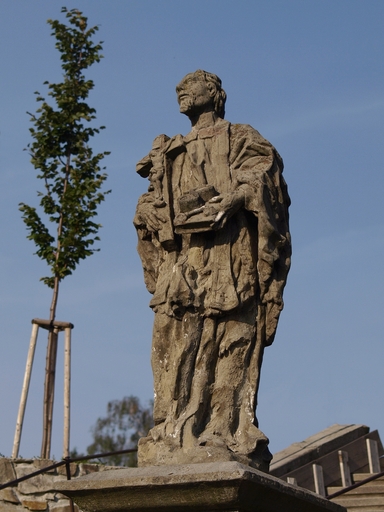
Roman Catholic priest working in Moravia. Tortured by Protestant officials during religious conflicts at the beginning of the Thirty Years’ War. Canonised in 1995. He is probably the most controversial saint of the Czech lands.
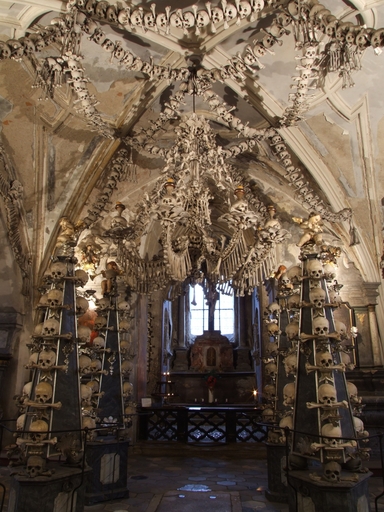
Unique cemetery chapel whose interior is decorated with human bones. Artistically exceptional type of ossuary, a sacred building for storing skeletal remains. One of the unique architectural projects by Santini, a Baroque Gothic architect.

Cardinal, professor at the Pontifical Gregorian University in Rome. One of the most important Czech theologians working in the Vatican and an acclaimed expert in eastern spirituality.
2016-2020 ABCzech.cz - © Filozofická fakulta Univerzity Karlovy
Content from this website may be used without permission only for personal and non-commercial purposes and with the source cited. Any other use is allowed only with the authors' consent.
This web application Sonic.cgi meets GDPR requirements. Current information can be found here.